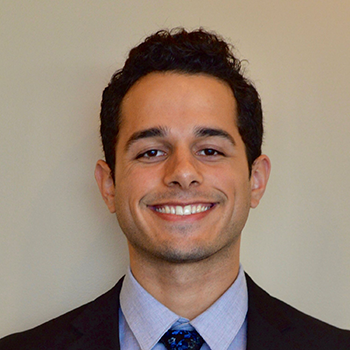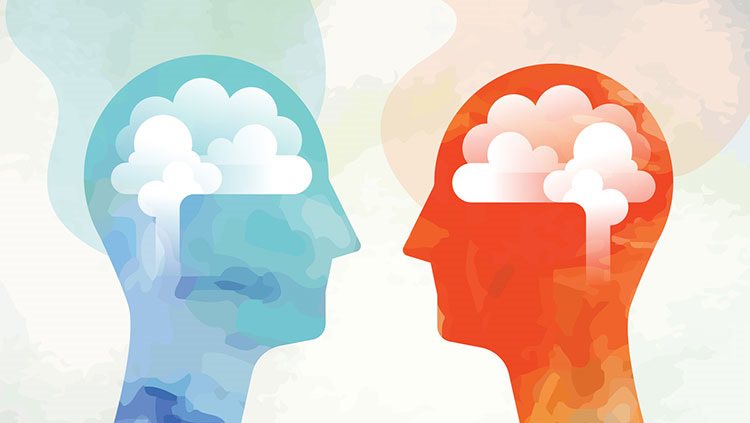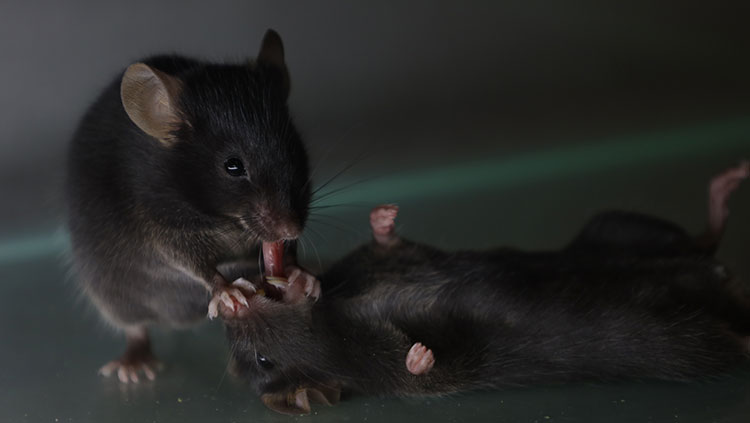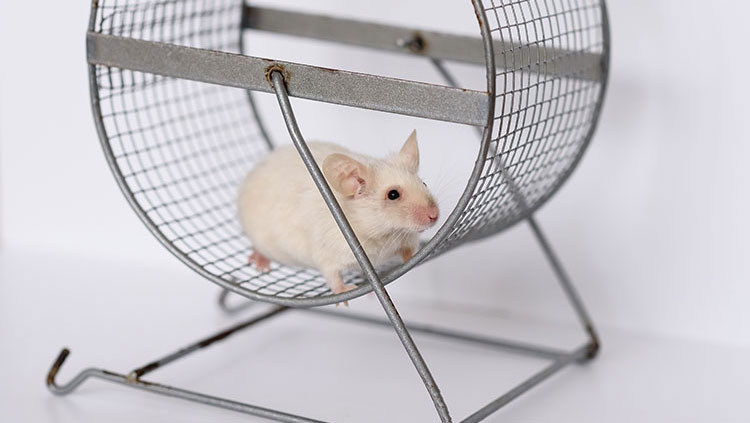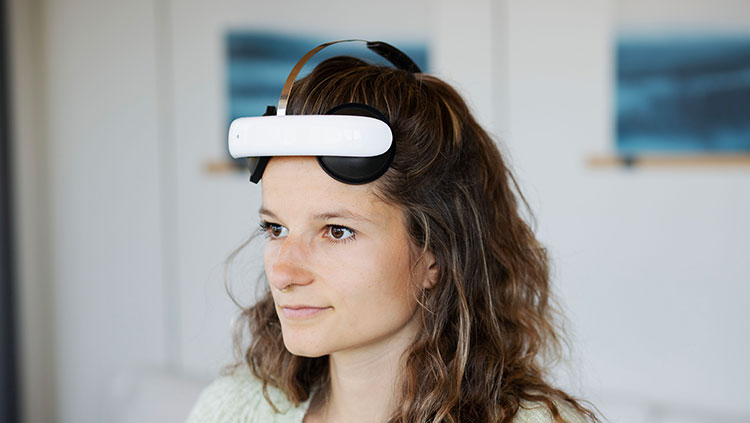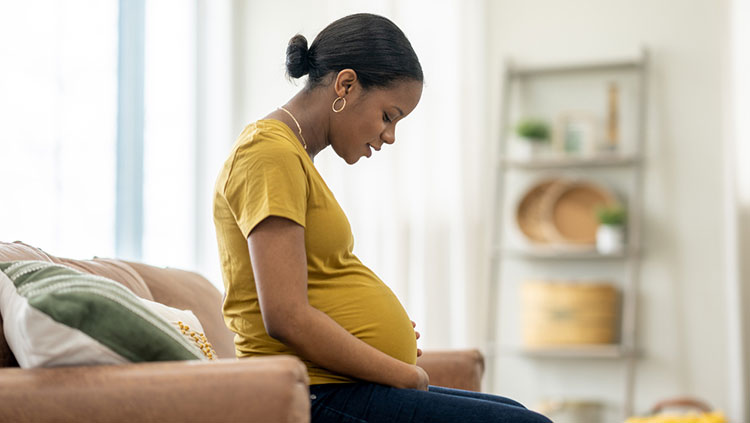ICYMI: Causal Links Strengthen Between Repeated Head Injuries and CTE
- Published22 Aug 2022
- Author Tristan Rivera
- Source BrainFacts/SfN
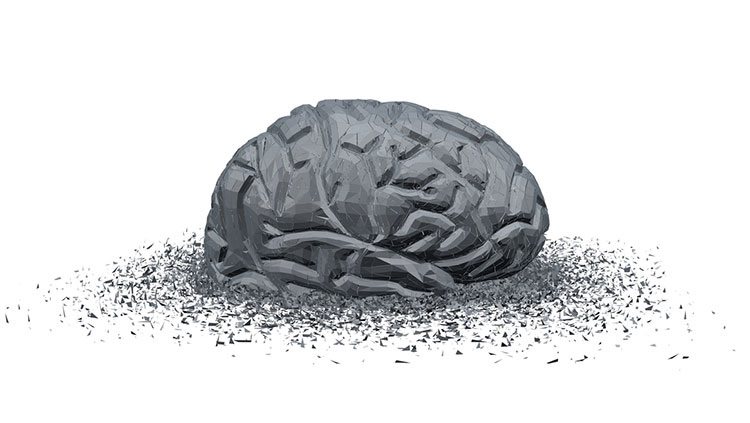
A single injury to the brain can lead to concussion or loss of consciousness. But what about multiple injuries over time? A review paper published July 22 in Frontiers in Neurology suggests that repeated head injuries cause the neurodegenerative disease chronic traumatic encephalopathy (CTE). CTE is characterized by a loss of neurons in the cortex and an expansion of the brain’s ventricles, or cavities in the middle of the brain where cerebrospinal fluid is produced.
The study aimed to determine if there was a causal link between repeated head injuries and CTE. The authors used a nine-step thought framework based on the Bradford Hill criteria to deduce the cause of CTE in existing literature. They included: the strength of association, consistency of findings across multiple studies, specificity of disease occurrence, time from exposure to the outcome, biological gradient (or dose-response curve), the plausibility of disease progression within existing biological or social models, coherence of data with what is already known about the disease, existing experimental evidence, and analogous circumstances that illustrate similar causal associations.
Aside from repeated injury, there was no other common mechanism explaining why CTE has been more prevalent with contact sport athletes, in diverse sports, and across multiple countries. Some of the largest studies mentioned in the review paper analyzed American football and ice hockey players, and they showed the likelihood of developing CTE increased by around 1.2 times for each additional year of play — a similar odds risk to studies on years of smoking and lung cancer.
Big Picture: CTE was first dubbed the ‘punch drunk’ syndrome in 1928 by pathologist Harrison Martland after observing the side effects of boxers who took jolting hits to the head in the ring. Since then, CTE has been documented in the brains of many other athletes across contact sports post-mortem. Considering the causal link inferred from this review of CTE literature — the authors argue that medical, scientific, and public health communities should move to minimize and eliminate preventable RHI as the best action for preventing CTE.
Read more: New study finds conclusive evidence that head trauma leads to CTE. Axios
More Top Stories
- Mice listening to music at low volumes appeared to have diminished pain during experiments. Science
- BCI Pioneers Coalition aims to serve as a forum for discussing patient experiences with brain-computer interfaces. STAT
- New video evidence suggests woodpecker brains are not cushioned during strikes. NPR
- Researchers find dogs have wide nerve connections between their noses and other brain areas, including areas handling vision. Science News
- Signaling molecule in mice, neurotensin, mediates associated cues in environment with positive or negative stimuli. STAT
- Review of studies finds no clear evidence that serotonin levels or activity is responsible for depression. The Hill
- Study suggests bees may feel pain — and that all insects may be sentient. Science
- Perineuronal nets lock neurons in place, impacting learning, memory, and even chronic pain. Quanta Magazine
CONTENT PROVIDED BY
BrainFacts/SfN
References
Martland H.S. (1928). Punch Drunk. JAMA. 91(15):1103–1107. doi:10.1001/jama.1928.02700150029009
Nowinski, C. J., Bureau S. C., Buckland M. E., Curtis M. A., Daneshvar D. H., Faull R. L. M., Grinberg L. T., Hill-Yardin E. L., Murray H. C., Pearce A. J., Suter C. M., White A. J., Finkel A. M., Cantu R. C. (2022). Applying the Bradford Hill Criteria for Causation to Repetitive Head Impacts and Chronic Traumatic Encephalopathy. Frontiers in Neurology. (13). https://doi.org/10.3389/fneur.2022.938163
Richardson, M. (2018). What Happens When You’re Knocked Unconscious? BrainFacts.org. https://www.brainfacts.org/diseases-and-disorders/injury/2018/what-happens-when-youre-knocked-unconscious-112018
Sheikh, K. (2019). Untangling the Link Between Head Injuries and CTE. BrainFacts.org. https://www.brainfacts.org/diseases-and-disorders/injury/2019/untangling-the-link-between-head-injuries-and-cte-091619
What to Read Next
Also In Neuroscience in the News
Trending
Popular articles on BrainFacts.org


